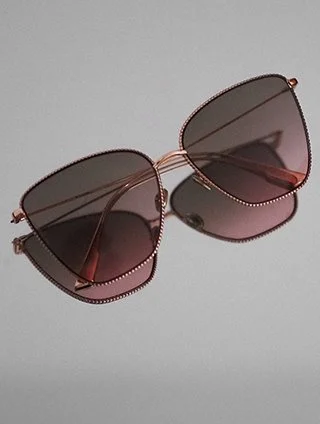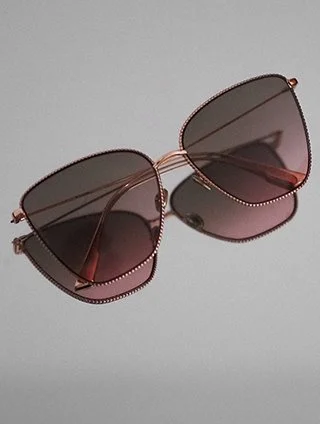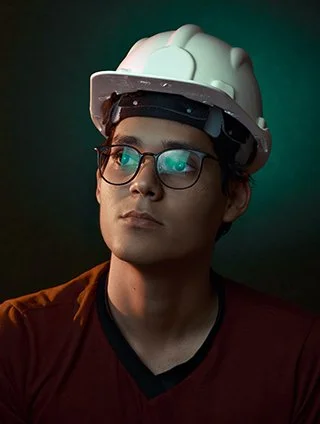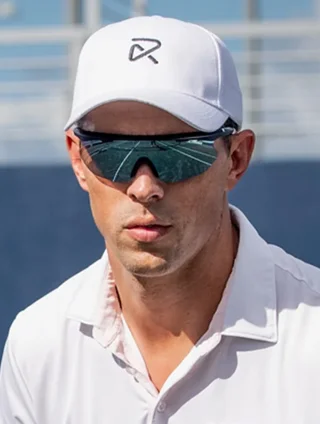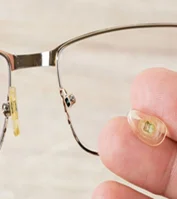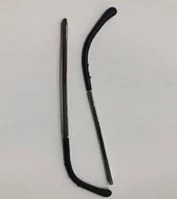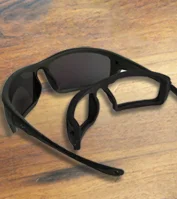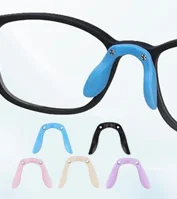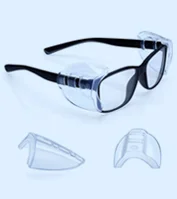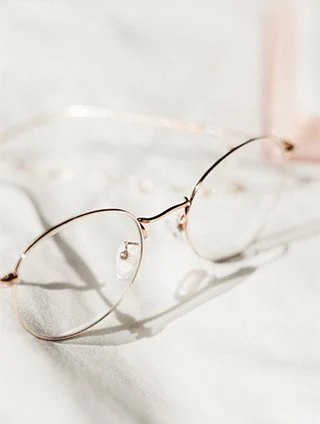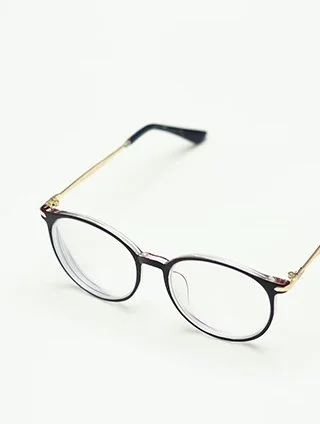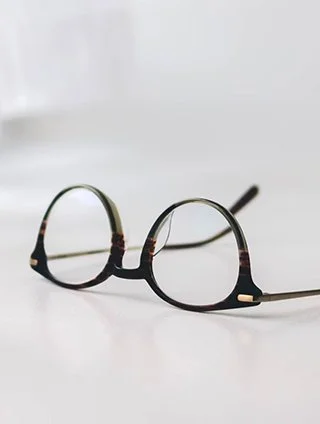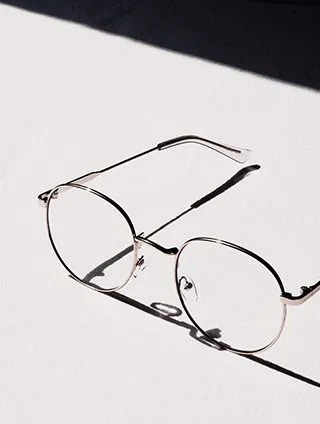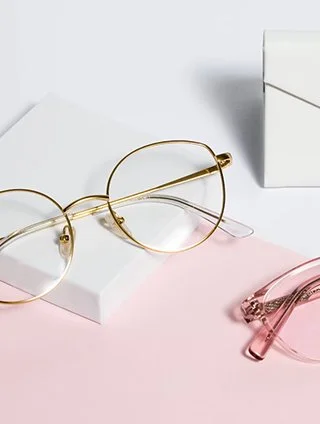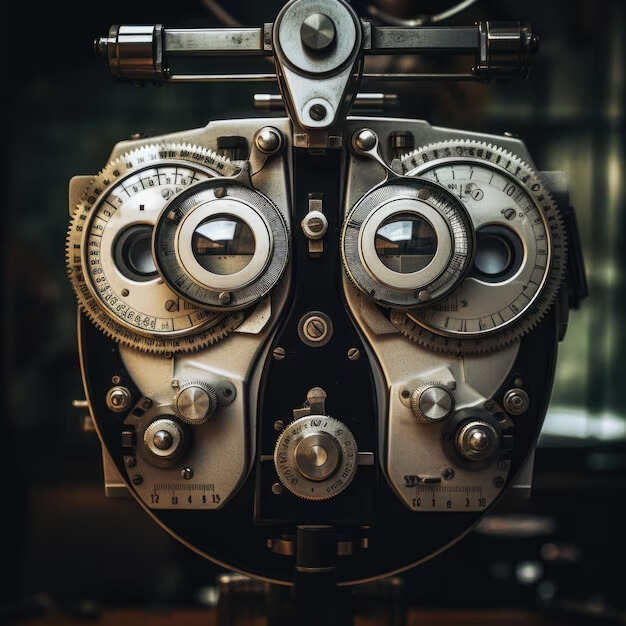Have you ever wanted to know how the prescription for your contacts or prescription glasses is made? Let's introduce the diopter, a measurement unit used in the optical industry. Let's examine what a diopter is, how it affects vision, and why it's important to comprehend this measurement to achieve visual correction in this post.
How Does Diopter Affect Vision Correction?
The basic unit of measurement in optometry, diopters, is used to express the optical power of prescription lenses. They are made expressly to gauge the way a lens bends or refracts light to properly focus it onto the retina. The incapacity of the eye to bend light properly is the cause of vision issues such as astigmatism, presbyopia, hyperopia, and myopia (nearsightedness). They are crucial in this situation because they can pinpoint the exact amount of adjustment required to resolve these problems.
An optometrist uses a variety of tests to evaluate your eyesight and determine your diopter value during an eye exam. Higher numbers indicate stronger prescriptions. This number represents the strength needed for your lenses. Positive diopters treat farsightedness by improving close-up vision, whereas negative diopters treat nearsightedness by letting the eye concentrate on distant things.
For people who have astigmatism, a condition where the shape of the cornea produces fuzzy vision, the measurement is especially crucial. To account for this irregularity, lenses with particular cylindrical diopters at various orientations are prescribed. Understanding people with age-related presbyopia becomes crucial since they require more assistance focusing when reading and working closely. Variable diopter strengths are incorporated onto the lens surface of progressive or binocular lenses to accommodate close and distance vision.
Diopters are essentially the foundation of vision correction. Translating into the precise prescription that appears on your contact lenses or Adidas glasses. You may efficiently treat visual problems while experiencing clear sight by taking correct measurements. Thus, keep in mind that your prescription glasses are essential for viewing the world clearly when you replace them.
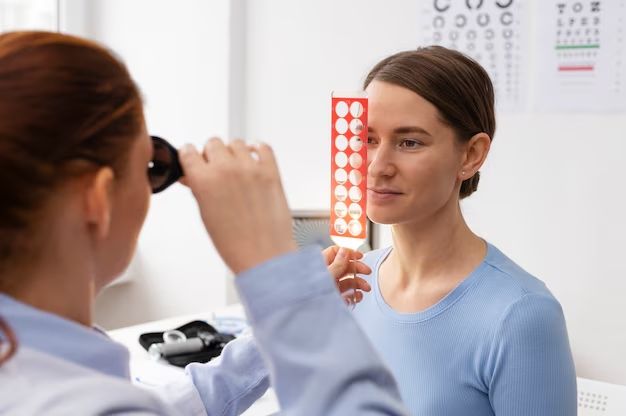
The Diopter's History
Lens power is measured in diopters, which expresses how well a lens focuses light into the retina. The dioptra, an ancient Greek instrument invented by Hipparchus in approximately 150 BC, is where this idea originated. But Ferdinand Monoyer, a French ophthalmologist, was the one to define "diopter" as a contemporary in 1872.
In 1875, Monoyer developed a decimal system based on the work of Küchler and Snellen that determines the lens strength required to properly focus light on the retina. Additionally, he created the Monoyer Chart to evaluate visual acuity.
Monoyer's diopter is credited with revolutionizing optics. It made precise lens power assessment easier, and optometry and ophthalmology still rely heavily on it today. Using these, medical professionals can identify refractive faults and provide corrective lenses. Their importance extends beyond vision correction to include computations for cameras and telescope lenses in a wide range of optical applications.
How Do Diopters and Meters Relate to One Another?
Optics, diopters, and meters are inextricably related, especially when it applies to evaluating lens power. It is a measurement that indicates how much light a lens can bend or refract. The inverse of the lens's focal length, stated in meters, is the source of this relationship.
To put it simply, if your lens has a focal length of one meter, it will have an optical power of one diopter. Because of the way it is calculated, the diopter value rises in proportion to a decrease in focal length. Put differently, a lens with a greater diopter number will have smaller focal lengths (less than 1 meter).
It means that the lens bends the rays of light more sharply, indicating that it has greater optical power. For example, a lens with a focal length of 0.5 meters has a diopter power of 2, since 1 divided by 0.5 is 2. On the other hand, longer focal length lenses exhibit lower diopter values, which denote less intense refraction of light and, thus, a lesser optical power.
A key tenet in the prescription of corrective eyewear is the direct association between them. This idea is used by optometrists to ascertain the exact diopter required for every patient. It guarantees that the light from their corrective lenses will reach the retina and cure visual abnormalities such as astigmatism, farsightedness, or nearsightedness.
To put it simply, knowing how they relate clarifies lens strength and makes precise measurements and prescriptions possible in photography, optometry, microscopy, and other areas where exact control over light bending is essential.
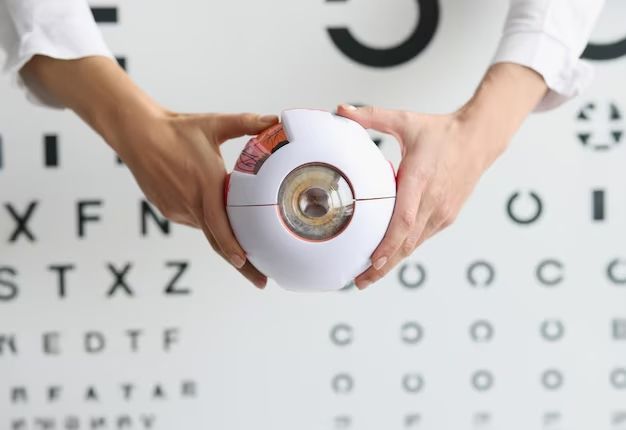
What Connection Exists Between Focal Length and Diopters?
In the field of optics, the way light behaves after passing through a lens is determined by its focal length. It is the distance between parallel light rays and the lens at which they seem to diverge (for diverging lenses) or converge to one point (for converging lenses). The diopter strength is inversely correlated with this characteristic.
The term "they" refers to the measurement used to determine the optical power and light-bending capability of a lens. There is an obvious connection between diopters and focal length: as the focal length decreases, increases the diopter value.
This relationship is especially important for eye care. Refractive error is the basis on which optometrists determine if a patient needs Fossil prescription glasses. Patients who are nearsighted need lenses with negative diopters, which indicate longer focal lengths, while farsighted people need lenses with positive diopters, which indicate shorter focus lengths.
This idea also applies to other optical applications like photography. The extent of the field and overall magnification of a picture are affected by the fluctuating values of zoom lenses with various focal lengths. Therefore, anyone working with lenses must comprehend the inverse relationship between their length.
Diopters, Both Positive and Negative
Diopters are a crucial measurement in vision correction that helps determine the kind and power of lenses required. Hyperopia, another name for farsightedness, is linked to positive diopters. This disorder makes it difficult for a person to focus on nearby items. Because of the inherent weakness in their eyes, light falls behind the retina rather than directly on it.
Prescription lenses with positive diopter levels are recommended to address this problem. The additional optical power in these lenses helps to more sharply bend incoming light rays, bringing close objects into sharp focus. Conversely, nearsightedness or myopia is addressed by negative diopters. Myopic people have trouble seeing distant objects, although they can see close items rather well.
This happens as a result of their extremely strong eyes, which force light to come together ahead of the retina. Under these circumstances, corrective lenses with negative diopter values are required. The degree of bending is efficiently reduced by these lenses, which have lower optical power than the normal lens of the eye, allowing distant pictures to be correctly focused onto the retina.
The way a person's eyes refract light—too much for nearsightedness, inadequately for farsightedness—determines whether they need positive or negative diopters. By modifying this curvature, prescription eyeglasses ensure the best possible visual acuity at all distances. Thus, its value acts as a precise translator between lens producers and optometrists, converting the practical needs of patients with vision impairments into solutions.
Astigmatism
A frequent visual issue known as astigmatism arises from an irregularly shaped cornea, which is the clear front portion of the eye. Light may focus irregularly on the retina if it is more rectangular like a football than round like a basketball. This causes eyesight to become distorted or blurry at all distances.
Doctors of optometry recommend cylindrical lenses to treat astigmatism. Different powers are present along two unique axes, called meridians, in these lenses as opposed to spherical lenses used for basic nearsightedness or farsightedness.
One refractive defect is intended to be addressed by one axis, which is usually horizontal, while the second error is corrected by the other, which is vertical. The diopter values of cylindrical lenses show how much more optical power is required along every meridian to compensate for the uneven focusing because of the misshapen cornea.
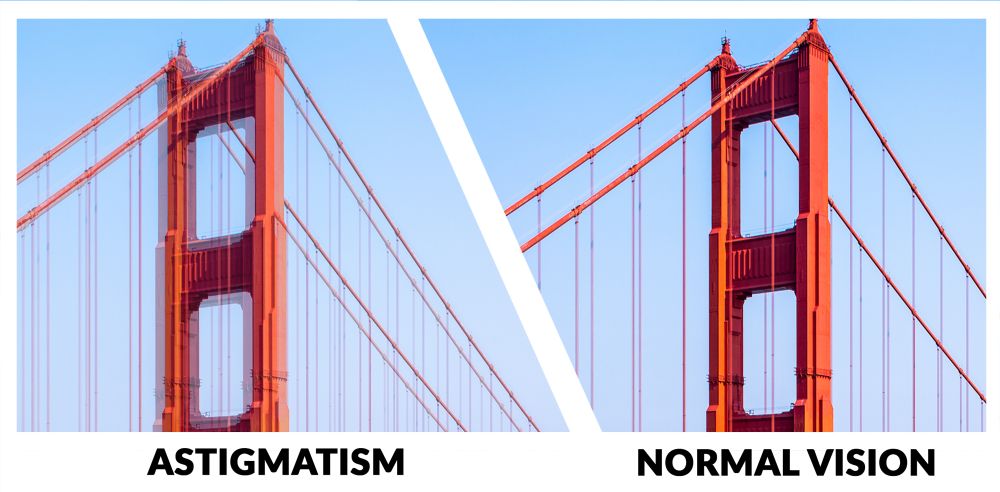
Presbyopia
Presbyopia, which affects almost everyone starting in middle life, is a normal aspect of aging. It happens when the lens of the eye becomes less flexible, making it harder to focus on close-up objects. Those who want to counteract this loss of near vision frequently require reading glasses. People with presbyopia have difficulty with jobs like sewing, reading small print, and using smartphones.
Corrective lenses, made especially for certain near-distance optical requirements, come into play here. The additional concentrating strength that aging eyes lack is supplied by Timberland reading glasses. By enlarging up close-up views, these positive diopter lenses effectively make up for the absence of accommodation by enabling sharp focus on the retina.
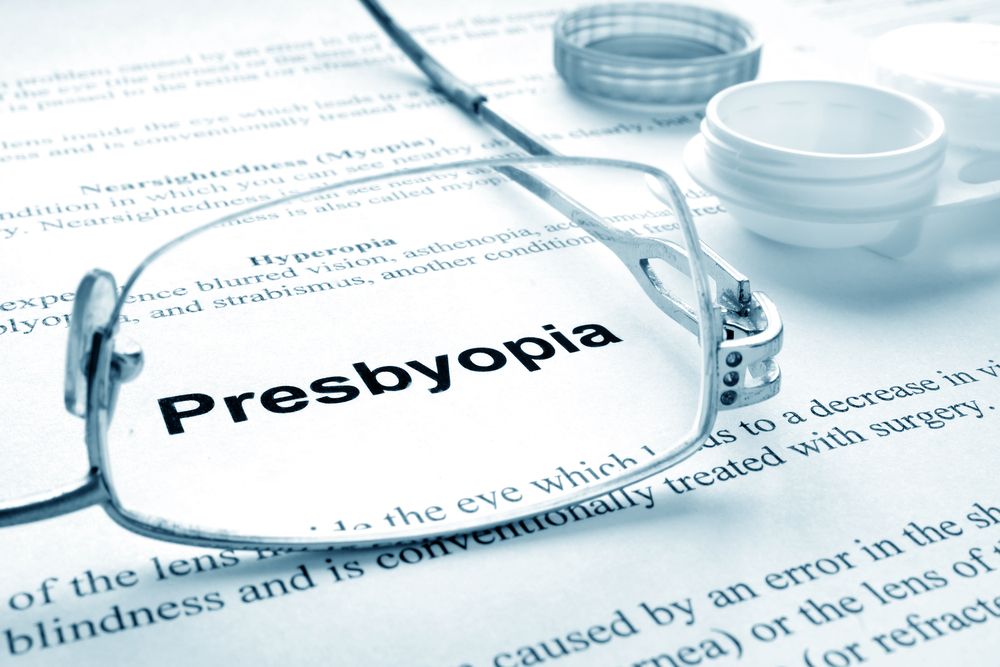
What Prescription Diopter Lens Do You Need?
An appointment with the optometrist is necessary to determine the exact prescription you need for lenses. They will do in-depth eye exams that assess several facets of your visual health. First, they use a Snellen chart to assess your visual acuity at a distance. This makes it easier to diagnose nearsightedness (myopia), hyperopia (farsightedness), or perfect 20/20 vision.
Your optometrist evaluates your ability to focus second. Tests for accommodative dysfunction and presbyopia are included in this, as they show any difficulties with focusing on close and distant objects. They determine whether more diopters are required at this point, especially if the patient needs reading glasses for women, bifocals, or multifocal lenses.
They also identify refractive errors in the end. One such defect is astigmatism, which requires cylindrical glasses with precise diopter values along multiple axes due to an uneven corneal curvature. They can determine the precise strength required to rectify these abnormalities by using sophisticated technologies such as automated refraction devices or retinoscopy.
Why It's Critical to Comprehend Diopters in the Context of Eye Care
A key component of controlling and treating vision issues is the idea of diopters. It stands for the force required to rectify refractive defects, which are frequently the cause of hazy vision. Understanding what they imply can help you assess your eye health and determine whether you need vision correction. Knowing the idea gives you more power when selecting between contacts and glasses.
Knowing the idea gives you more power when selecting between contacts and prescription eyeglasses. You will be able to determine if you require special cylindrical diopters for astigmatism, negative diopters for distant vision (myopia), or positive diopters for close vision (like reading glasses). With this information, you may more successfully debate your alternatives with your optician or optometrist and make sure that the prescription corrective lenses give you the best possible visual acuity.
Furthermore, it's crucial to know your prescription if you're thinking about having laser eye surgery. Restructuring your cornea to lower its refractive power to the necessary levels is the goal of procedures such as LASIK. In optometry, the diopter unit acts as a common language, measuring the amount of refractive power required to treat vision abnormalities such as astigmatism, hyperopia, and myopia.
Being aware of your prescription allows you to interact with eye care providers more deeply. This knowledge enables you to make more informed decisions when choosing contact lenses or glasses, guaranteeing that they will perfectly suit your vision requirements. Furthermore, it is essential for assessing the suitability and possible results of refractive procedures such as LASIK.
In the end, understanding the idea gives you the ability to take proactive measures to maintain your visual health. It guarantees that you receive precise care, which improves comfort and visual acuity and raises your quality of life overall.




